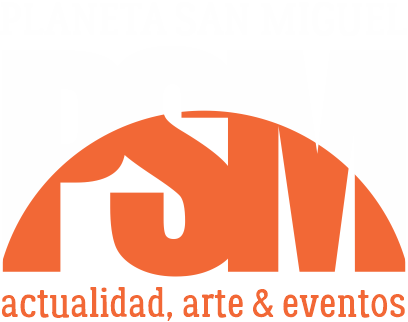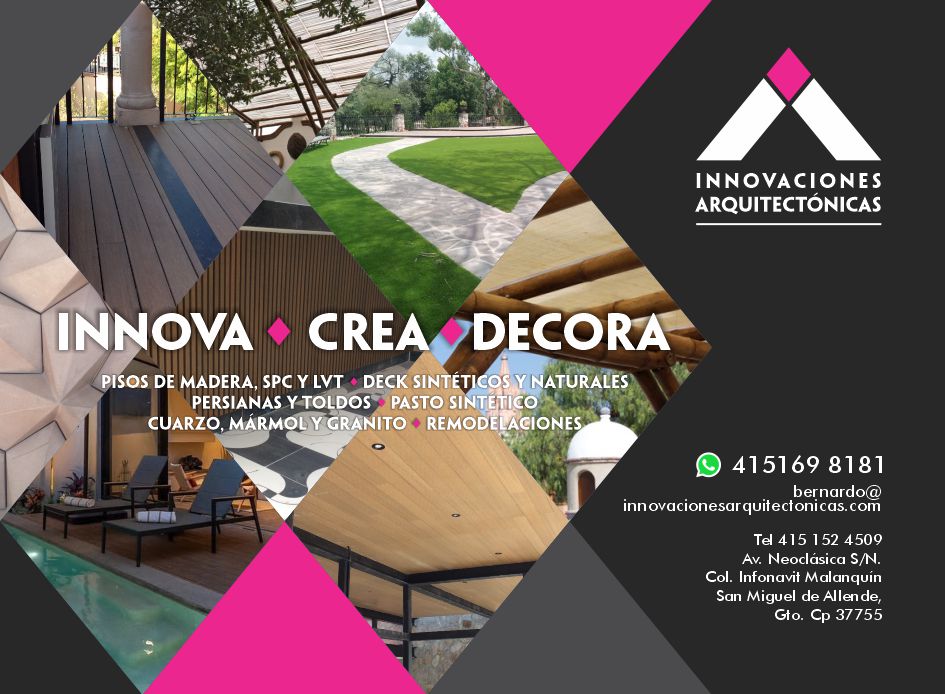Entrevista con Ángela Contreras By Bernardo Moreno
Ángela, a Chilean environmental advocate, is the force behind UpCycled. She studied fashion and textile design, holds a diploma in circular economy, and a master’s in sustainable business. She has lived in San Miguel de Allende for nine years. Together with Mario Galaviz, an embroidery designer, she founded Upcycling Concept House (a textile recycling workshop) in 2019 and later launched Luxury Upcyclers, a project dedicated to creating luxury pieces from secondhand clothing.
They’ve collaborated with Pineda Covalin as a “taller verde,” producing sustainable pieces for their runways, as well as with American Eagle and Anular Layon from Mexico Is The Shit for a textile recycling campaign during American Eagle’s 10th anniversary in Mexico. Among their many achievements, they participated in an exhibition, runway show, and talk at La Libélula Museum in León; Angela was a speaker at the University of Morelos for a social design conference; were selected for the most Sustainable Stand at the 80th edition of Intermoda, Mexico’s largest fashion and business expo; exhibited in Soho, NY, at a showroom called Doors (with their pieces soon available on an online platform).
Visit her stores: Angela & Dolores Luxury Upcyclers (Ancha de San Antonio 39) and Re-Vive (Carlos Castillo 4, Colonia Guadalupe). Find her on social media: @acrecycling, @goldenlolamx, @angelaydoloresluxup, @re_vive.clothing.
Email: modaglobal@gmail.com.
BM: What is Upcycling, and what are your thoughts on the fashion industry?
AC: Upcycling is one of the sustainable paths in fashion—reusing materials to create new, improved products. It’s sometimes questioned because recycling isn’t the ultimate solution; the real fix right now is reducing overproduction and excessive consumption. But it’s a great alternative, considering textiles account for 70% of a garment’s energy footprint. Reusing materials saves energy and, in many cases, prevents chemicals from polluting rivers and oceans in producer countries.
My feelings about the fashion industry are mixed. Clothing is a basic need, and to me, it’s a second skin that reflects identity. I don’t know when we lost our way and it became something so superficial.
BM: What’s your commitment to circular economy?
AC: As a person and professional in this field, my goal is to leave the gentlest footprint possible. At home and work, I strive to be a conscious consumer. I live by the “R’s” daily: redesign, reduce, reuse, renew, repair, recover, and recycle. I pursued a diploma in circular economy because I’m passionate about the concept. It’s the alternative path we should take—we shouldn’t need laws to force us. Everyone should understand that environmental care and social equity are our responsibility.
BM: What are your brand’s values and objectives?
AC: Our values are the pillars of sustainability: environmental care, social equity, and economic development. Based on these, we set our goals. We don’t buy new textiles—there’s already enough on the planet. Most of our materials are metal, used sparingly (decorative accessories on sustainable garments make no sense). We focus on timeless, high-quality basics meant to last a lifetime. We promote gender equity—our designs are for everyone—and support inclusivity across ages.
BM: What’s your creative process?
AC: It starts with the materials I have. That’s my challenge: What can I create with what’s here? I’m curious and observant, gathering inspiration from Instagram and Pinterest. Since I handle all samples myself, creativity flows easily in the workshop.
BM: What’s your vision for upcycling’s future?
AC: Recently, a professor from Uruguay contacted me—she’s writing her second book on upcycling, researching brands producing 10+ pieces per style. That’s interesting because upcycling is often artisanal, but some of us work at scale. As Pineda Covalin’s “taller verde”, we produced 30–200 pieces per design. That’s the future I see. Exclusive, eccentric pieces? That misses the point. Upcycling is a solution, but fast fashion’s volume and low-quality materials make recycling impossible.
BM: What is Upcycling Concept House, and what does Luxury Upcyclers do? Any other projects?
AC: UCH is our workshop, a hub for upcycling solutions—we collaborate with other brands too. Luxury Upcyclers plays on the irony of creating luxury from secondhand clothes. ANGELA & DOLORES crafts high-quality recycled pieces, mostly from cotton pants—tailored jackets pre-assembled in-house, then uniquely embroidered and finished by a tailor.
I’m also focused on @acrecycling and @angelaydoloresluxup. Another passion project is @re_vive.clothing, a “second-chance” store in Colonia Guadalupe selling curated secondhand treasures—quality pieces from good brands at fair prices. Revaluing used clothing is urgent.
BM: What achievement makes you proudest?
AC: Being recognized as a Green Designer—exhibiting in museums, speaking at universities, working with major brands. Last year, we won Intermoda’s Sustainable Stand award, leading to a runway show and visibility in a Soho, NY showroom. It’s been a joint effort with Mario Galaviz, stepping out of our comfort zone. Happy to do what we love—and enjoy the ride!














